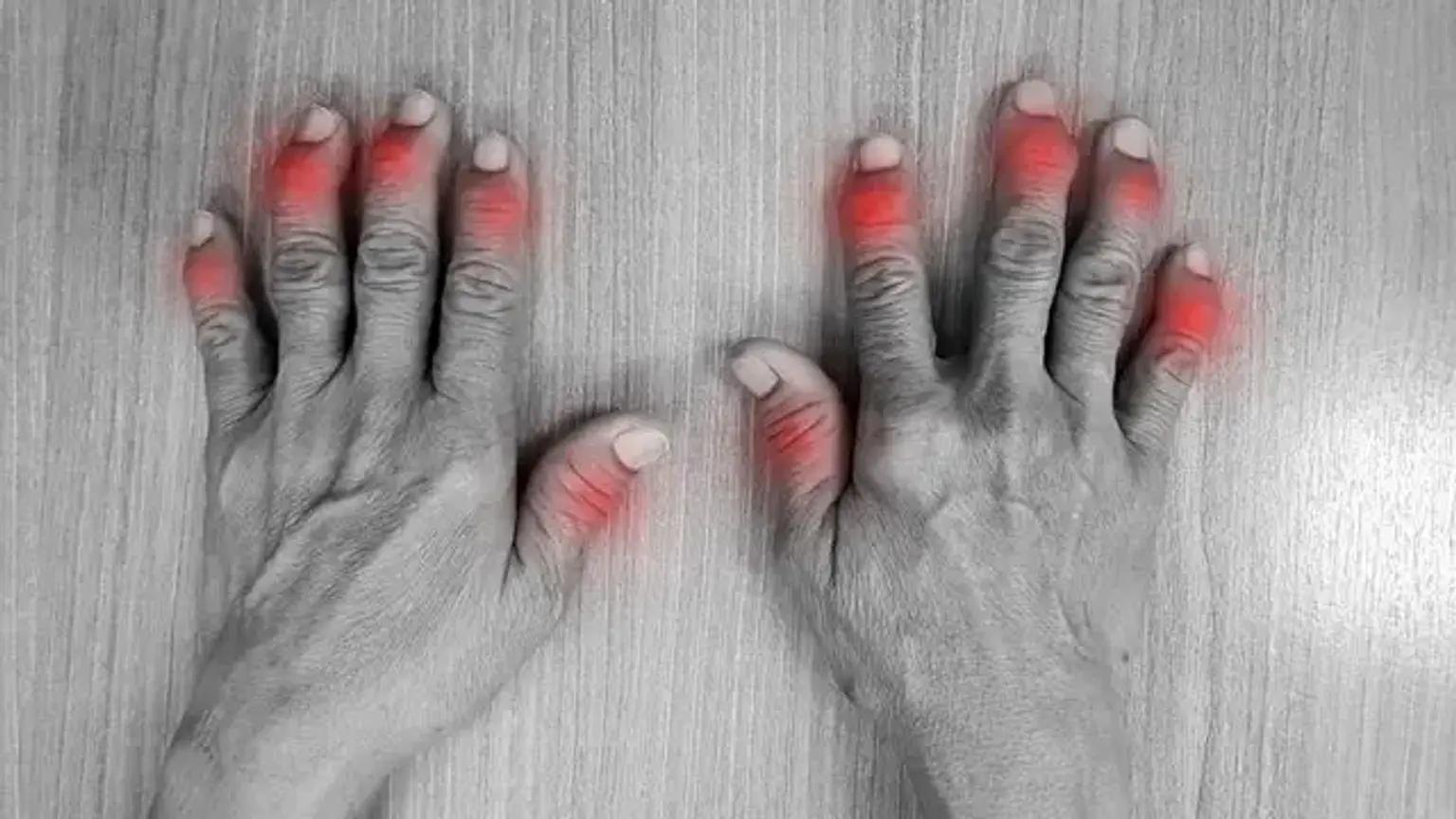Introduction
Degenerative arthritis, also known as osteoarthritis (OA), is a condition where the cartilage in the joints gradually deteriorates over time. This leads to pain, stiffness, and reduced mobility, affecting millions worldwide. It primarily impacts weight-bearing joints like the knees, hips, and spine, but it can also affect smaller joints in the hands and feet.
The disease is progressive, meaning it worsens over time if left untreated. However, with early intervention and proper management, the progression can often be slowed, and symptoms can be alleviated. The key to successful treatment is understanding the cause, exploring treatment options, and choosing the best approach for managing pain and maintaining function.
What is Osteoarthritis?
Osteoarthritis (OA) is the most common form of degenerative arthritis. It occurs when the cartilage that cushions the joints begins to break down, causing the bones to rub against each other. This can result in pain, swelling, and limited movement. Unlike other types of arthritis, such as rheumatoid arthritis, osteoarthritis does not involve inflammation of the immune system, though inflammation can occur in the joints as the disease progresses.
Over time, the joint may lose its structural integrity, leading to bone spurs and further damage. In addition to pain, OA can lead to joint deformity, making it harder to perform everyday tasks. It's a condition often linked to aging, but it can also be influenced by factors like obesity, genetics, previous injuries, and overuse of the joints.
The Role of Genetics and Age in Degenerative Arthritis
Age is one of the most significant risk factors for osteoarthritis. As people get older, the wear and tear on the joints accumulate, making the development of OA more likely. By the age of 65, nearly half of people show signs of osteoarthritis in one or more joints, though not everyone experiences symptoms.
